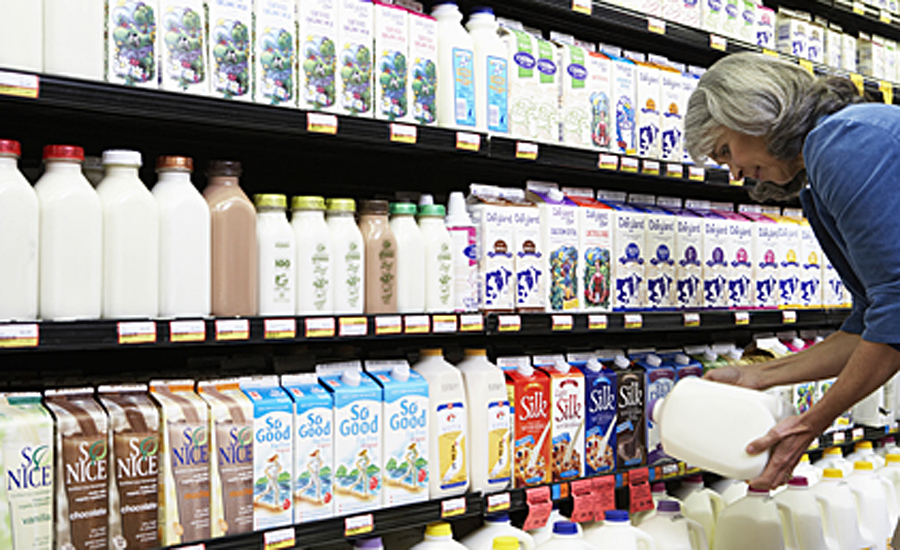Evergreen Packaging, Memphis, Tenn., released a white paper, "2019 Food and Beverage Packaging Trends," based on data from the annual EcoFocus Trend Study, which forecasts key trends that will shape the U.S. food and beverage industries in the year ahead. Now in its ninth year, the EcoFocus Trend Study examines how consumer attitudes, actions, preferences and values are reshaping grocery purchasing decisions.
"More shoppers today want packaging that works harder for their health and the health of the environment," says DeWitt Clark, vice president of sales and marketing North American packaging. "Brands and marketers need to begin thinking of packaging as an extension of the ingredients list, to recognize that grocery shoppers are looking at the total package – literally. For those brands who have responded to consumer demand for clean label and perhaps even clean processing, the next challenge is clean packaging. Through our work with EcoFocus Worldwide, we are able to help our customers leverage this important trend. Our company offers packaging that meets many of consumers' demands, and we will continue to innovate to meet evolving consumer needs."
Evergreen Packaging identified opportunities for healthy food and beverage brands and retailers related to packaging innovation. These innovation challenges call for packaging to:
1. Protect taste, freshness and nutrients
Grocery shoppers care about the freshness and taste of their food and beverages, and they have clear views of the role that packaging should play in delivering these attributes. Shoppers feel strongly that taste should not be compromised or altered because of its packaging. According to the study, 76% of grocery shoppers say that when they are shopping for healthy beverages, packaging that "doesn't impact the taste" is extremely or very important to them. The study also shows that they go into the shopping experience with strong views already established that certain packaging "can change the taste of my beverage."
2. Align with ingredients
While healthy ingredients have been important for years, now grocery shoppers are increasingly looking at additional attributes, such as where ingredients come from and how they are processed. That’s why packaging materials have an increased impact on purchasing decisions. This creates innovation opportunities for brands seeking to meet evolving consumer demands.
3. Be responsible
How much packaging is being used? Is the packaging recyclable? Is the packaging made with renewable materials? Are the packaging materials plant-based? All these issues come into grocery shoppers' minds as they decide on a food or beverage purchase. The study shows 68% of grocery shoppers say it is extremely or very important "to choose foods or beverages that are packaged responsibly" and the same percentage of shoppers strongly agree or agree "to buy products in packaging that is recyclable."
"Brands and retailers need to make these choices easier for shoppers by promoting responsible packaging, on the label and in the store," adds Clark. "The study shows that 62% of grocery shoppers want to learn more about plant-based food or beverage packaging."
4. Share values
Not only is the package itself and the information on the label important to grocery shoppers, but their environmental responsibility interests go much deeper.
"Grocery shoppers are increasingly expecting more out of brands and retailers in terms of environmentally friendly products and packaging and the social responsibility of the companies involved," says Linda Gilbert, chief executive officer of EcoFocus Worldwide and author of the study. "The focus on environmental responsibility goes beyond the product on the shelf being considered for purchase. Consumers have a focus on authentic values and shared values of the corporations producing the products and the retailers selling them, and that is reshaping purchasing decisions."

